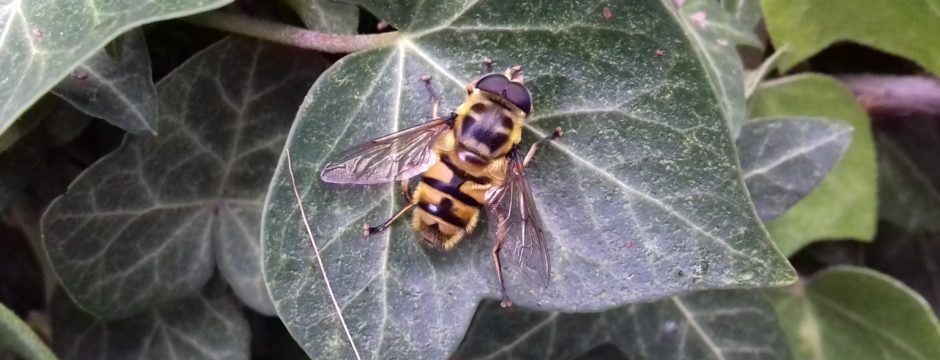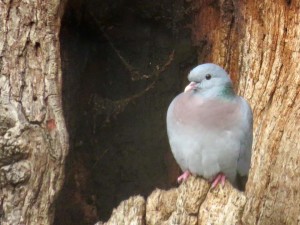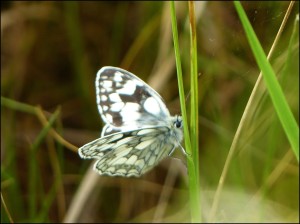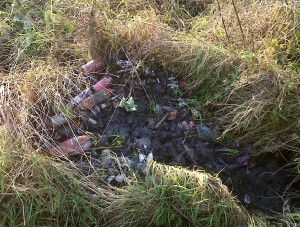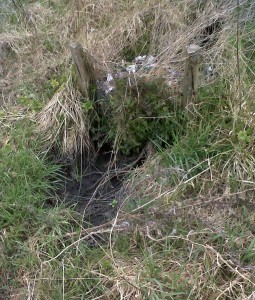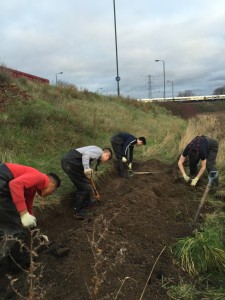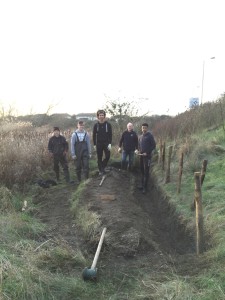A series of lectures in central London addressing some of the thorny issues and success stories in UK wildlife conservation today.
Ecology and Conservation Studies Society, Birkbeck Free Lecture series. Spring 2016: six Friday evenings, Feb 5th to 11th March, 18:30 to 20:00. Lecture Theatre B35, Birkbeck, University of London, Torrington Square.
Species conservation is embedded in national and international regulations, but does this achieve good representation of biodiversity? For example, invertebrates are not well catered for, let alone many fungi. Can we conserve the Great Crested Newt by translocation without providing for maintenance of both the ponds and terrestrial habitat that it needs? Or does the protection of species such as the Violet Click-beetle act as a flagship to conserve the whole suite of veteran tree biota? Are Red Data Book species the best indicators or flagships of biodiversity value, or should we rather examine concepts like “ecological engineers”. What of widespread species that may be declining un-noticed? This series examines the questions around the protection of threatened species.
Feb 5th “To protect or not to protect? Extinction risk, Red Lists and the agony of choice”. Monika Böhm, Indicators & Assessments Unit, Institute of Zoology.
Feb 12th “Stinking Hawk’s-beard, species recovery – the inside story”, Brian Ferry, Royal Holloway University of London.
Feb 19th “Red-listing the English flora – a better approach to conservation prioritisation?” Fred Rumsey, Natural History Museum.
Feb 26th “Has being a European Protected Species helped the great crested newt?”, Brian Banks, MIEEM, Director, Flag Ecology.
March 4th “The return of the native; the reintroduction of the short-haired bumblebee” Nikki Gammans, Bumblebee Conservation Trust.
March 11th “Action for Species – the RSPB’s Species Recovery Programme”, Hannah Ward, RSPB.
A reading list, will be available later. To receive this, please email ecssoc@gmail.com, consult the website, or pick up a copy at one of the lectures.
The free public lectures are in a series hosted by GEDS, Birkbeck University of London. They are suitable for those who may be considering, or undertaking, university courses in ecology, biological conservation or related subjects. They will interest environmental and ecological practitioners, natural historians, wildlife organisations and others with similar interests.
The lectures are supported by GEDS, Birkbeck University of London and would not be possible otherwise. They are organised and promoted by the Ecology and Conservation Studies Society, with assistance from the Linnean Society of London.
Enquiries to the Ecology and Conservation Studies Society e-mail:ecssoc@gmail.com (tel: 020 8946 4476)
The Ecology and Conservation Studies Society welcomes new members. Details of the Society and application forms will be available at the door and on the ECSS website.
